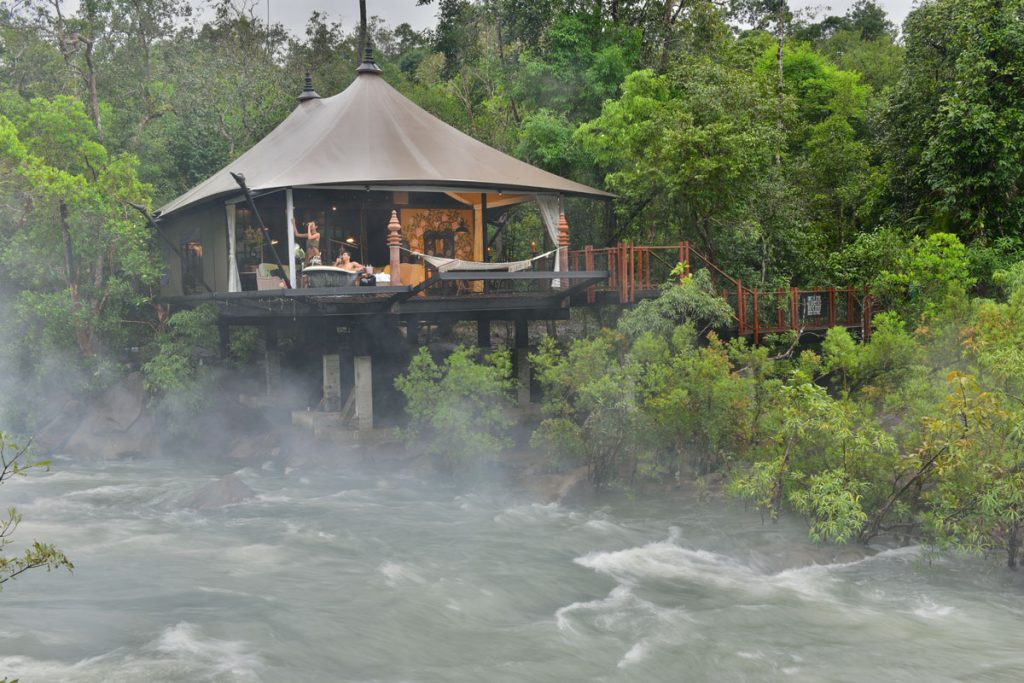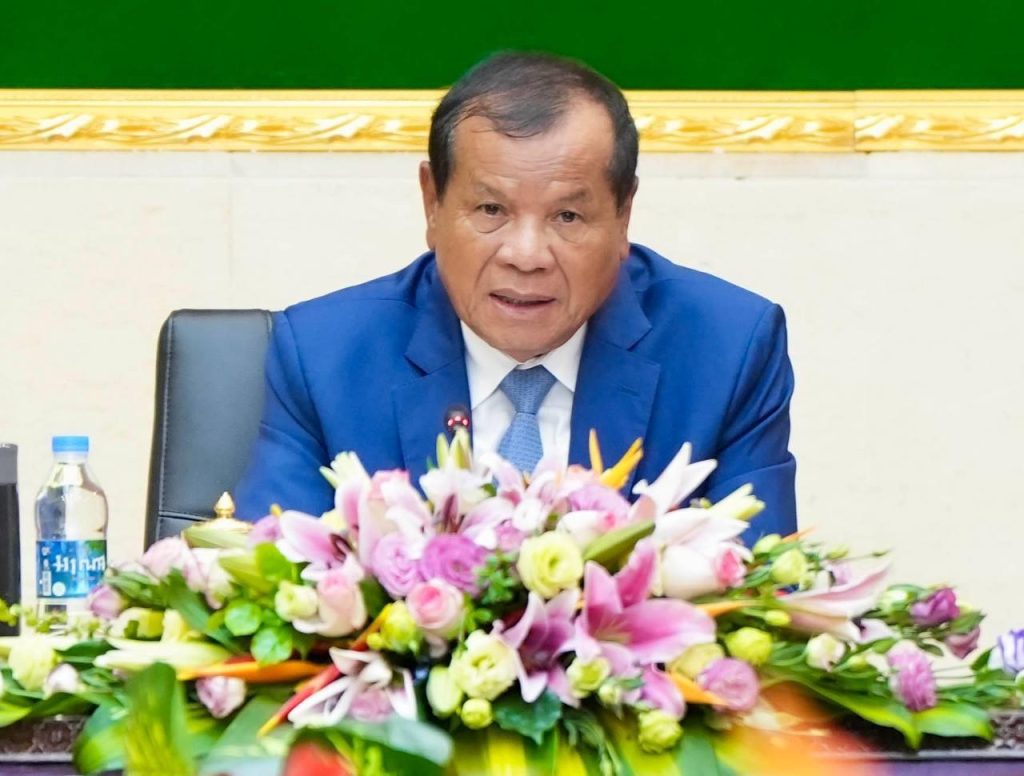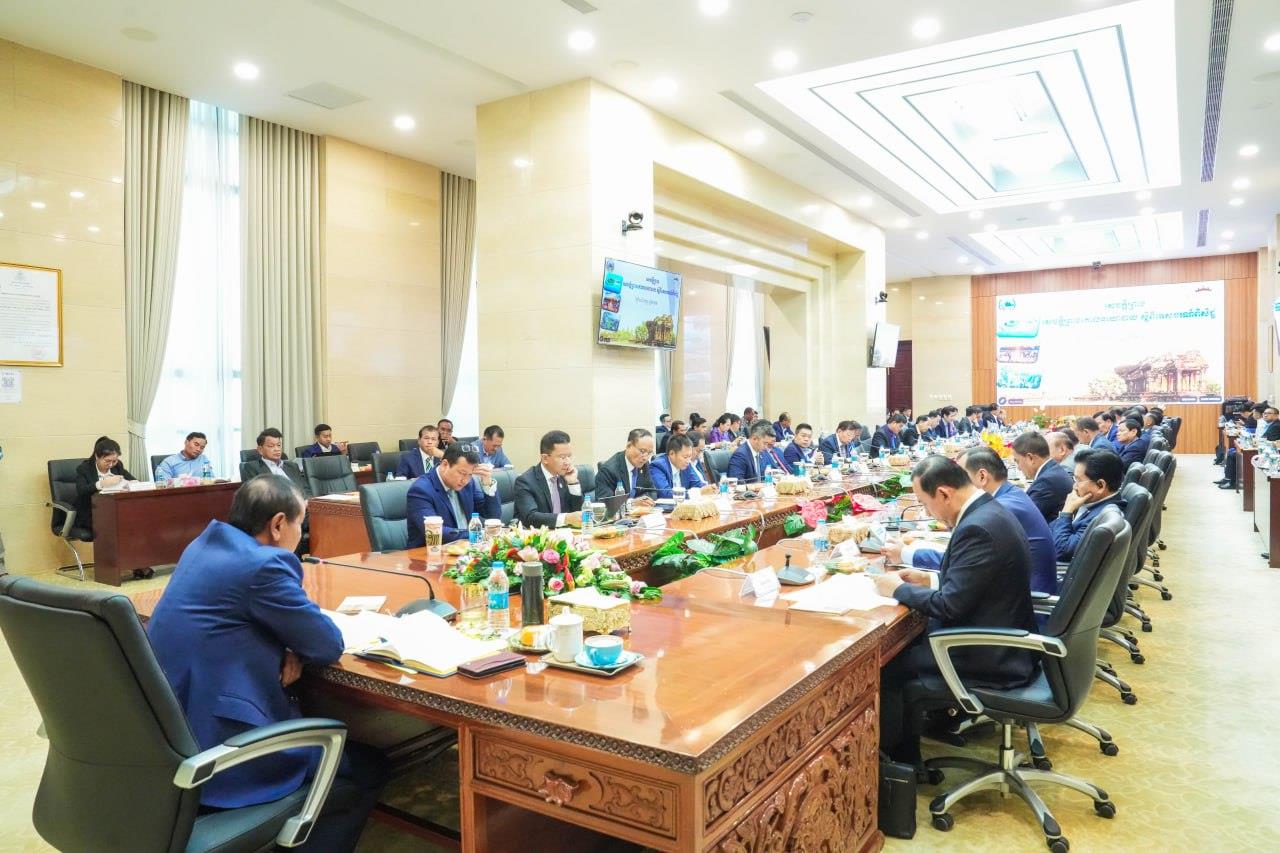Cambodia Investment Review
The Royal Government of Cambodia, through the National Tourism Development Committee (NTDC), has announced the development of the “Sacred Tourism 2025-2035” policy, a bold initiative aimed at transforming select areas into high-end tourism destinations. The goal is to attract special visitors and investors, positioning Cambodia as a premier global tourism destination.
The launch of the Sacred Tourism policy is part of a broader effort by Cambodia to diversify its tourism sector and offer more specialized experiences to high-value visitors. Cambodia has long been known for its cultural heritage, including the famous Angkor Wat temple complex, but in recent years, the government has been actively seeking to tap into niche tourism markets. The Sacred Tourism initiative is expected to play a significant role in attracting business tourists, second-home buyers, and retirees with financial means—groups that can significantly contribute to the country’s economy.
Strategic Focus on Niche Tourism
In line with global tourism trends, Cambodia has been exploring niche markets to further elevate its tourism offerings. Beyond the traditional visits to historic temples and beaches, Cambodia is focusing on eco-tourism, agro-tourism, wellness tourism, and community-based tourism. These specialized sectors aim to provide unique, enriching experiences that not only appeal to tourists but also contribute to sustainable development and the preservation of local culture and the environment.
Tourism stakeholders have been increasingly acknowledging the importance of diversifying Cambodia’s tourism landscape to meet evolving global demands. The government believes that niche tourism, particularly through initiatives like Sacred Tourism, will help Cambodia distinguish itself from its regional competitors and attract a steady flow of high-end tourists who seek more than just a typical vacation. This shift in strategy is expected to build a tourism sector that is both financially sustainable and environmentally responsible.

Sacred Tourism Destinations
The Sacred Tourism policy outlines the creation of specific destinations within Cambodia identified for their high tourism potential. These destinations will be equipped with a range of top-tier services and infrastructure, including high-quality accommodations, restaurants, recreational facilities, sports and entertainment venues, parks, and healthcare services. This level of infrastructure development is designed to cater to the needs of luxury travelers and long-term visitors who require a range of services in addition to traditional tourism offerings.
In addition to tourism-related amenities, these sacred tourism areas will also include advanced supporting infrastructure, such as financial services, telecommunications, and educational facilities. The development of these areas is expected to involve close cooperation between the government, private sector entities, and public-private partnerships (PPPs). The government is committed to providing the necessary encouragement and support through a legal framework that will be established to guide the growth of these special tourism destinations.
Tith Chantha, Secretary of State at the Ministry of Tourism and a member of the NTDC, highlighted that sacred tourism destinations will not be located in border areas or regions considered high-risk. These areas will be strategically chosen based on their potential to attract high-value visitors while ensuring the safety and sustainability of tourism development.
Special Tourism Privileges
One of the key aspects of the Sacred Tourism policy is the introduction of “special tourists.” These tourists are individuals who receive authorized entry and residence in sacred tourism areas under Cambodian law. Special tourists will be granted exclusive rights to invest, engage in business activities, and contribute to the development of sacred tourism projects.
The policy defines “special tourists” as high-value visitors such as business tourists, retirees with financial means, second-home buyers, and others who can make significant economic contributions to Cambodia. These tourists will be eligible for special privileges related to residency, investment opportunities, and business activities within the sacred tourism areas, which will be governed by Cambodia’s existing and forthcoming legal frameworks.
By offering these incentives, Cambodia aims to create an environment that not only attracts tourists but also fosters investment and business activities that will benefit the broader economy. The government hopes that this will lead to increased job opportunities, infrastructure development, and an overall boost to the country’s economic growth.

Vision for 2035
The government’s vision for 2035 aims to attract more than 2 million special tourists, out of the projected 15 million international visitors to Cambodia by that year. Senior Minister Thong Khon, who chairs the NTDC, explained that the Sacred Tourism 2025-2035 initiative is intended to boost Cambodia’s reputation as a world-class tourism destination. He emphasized that the policy will focus on developing high-priority tourism products and services that align with emerging trends and attract visitors who are capable of contributing to both economic growth and social development.
The launch of the Sacred Tourism policy is an important step for Cambodia in achieving its long-term goal of becoming a top-tier destination for luxury and specialized tourism. With its combination of cultural heritage, natural beauty, and sustainable tourism practices, Cambodia is positioning itself to not only meet the demands of the evolving global tourism market but also attract investors and businesses that will play a crucial role in the country’s economic future.
As Cambodia continues to diversify its tourism offerings, the Sacred Tourism 2025-2035 policy stands as a key strategy in the country’s effort to build a sustainable, high-quality tourism industry that benefits both visitors and local communities alike.





